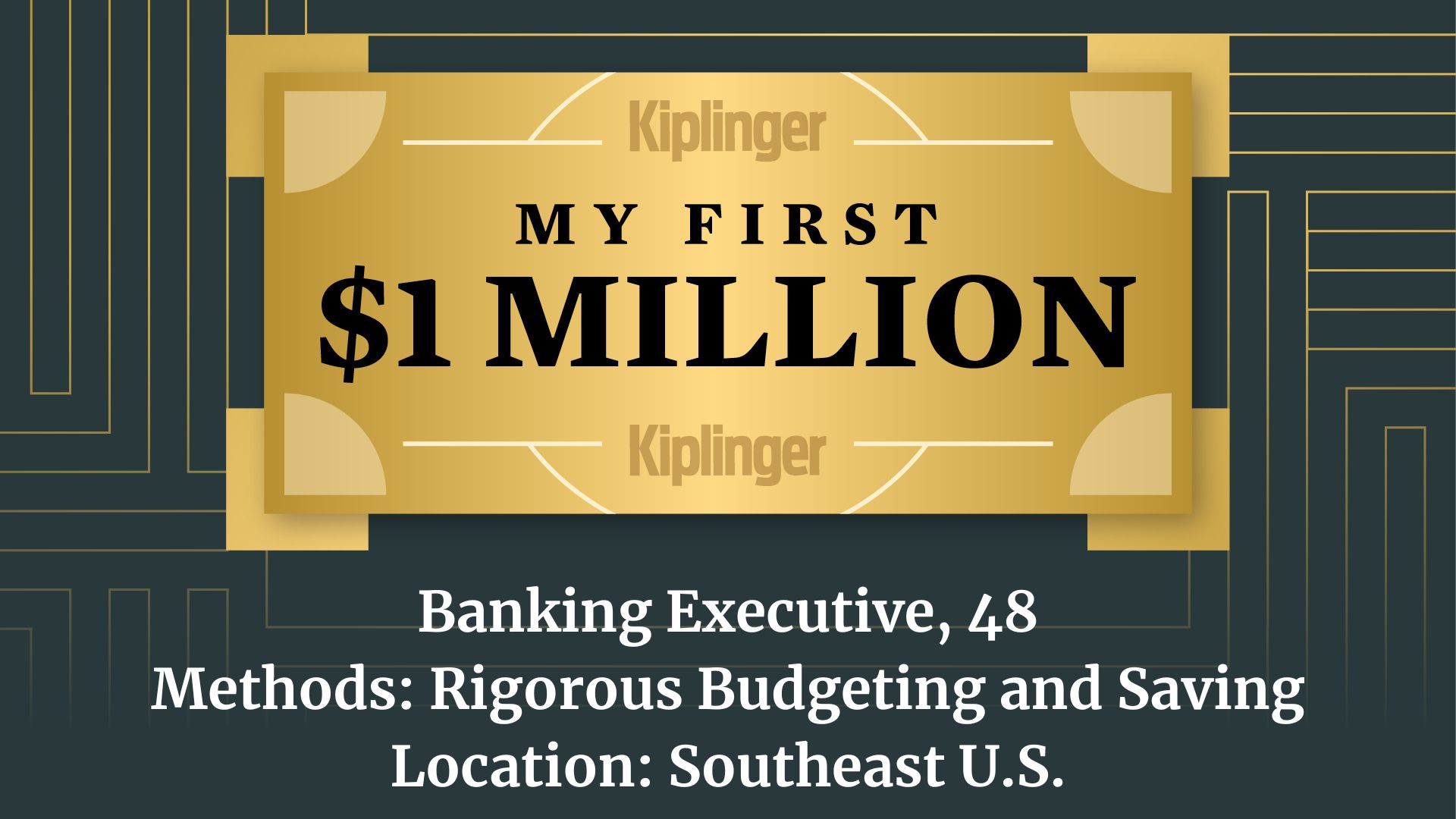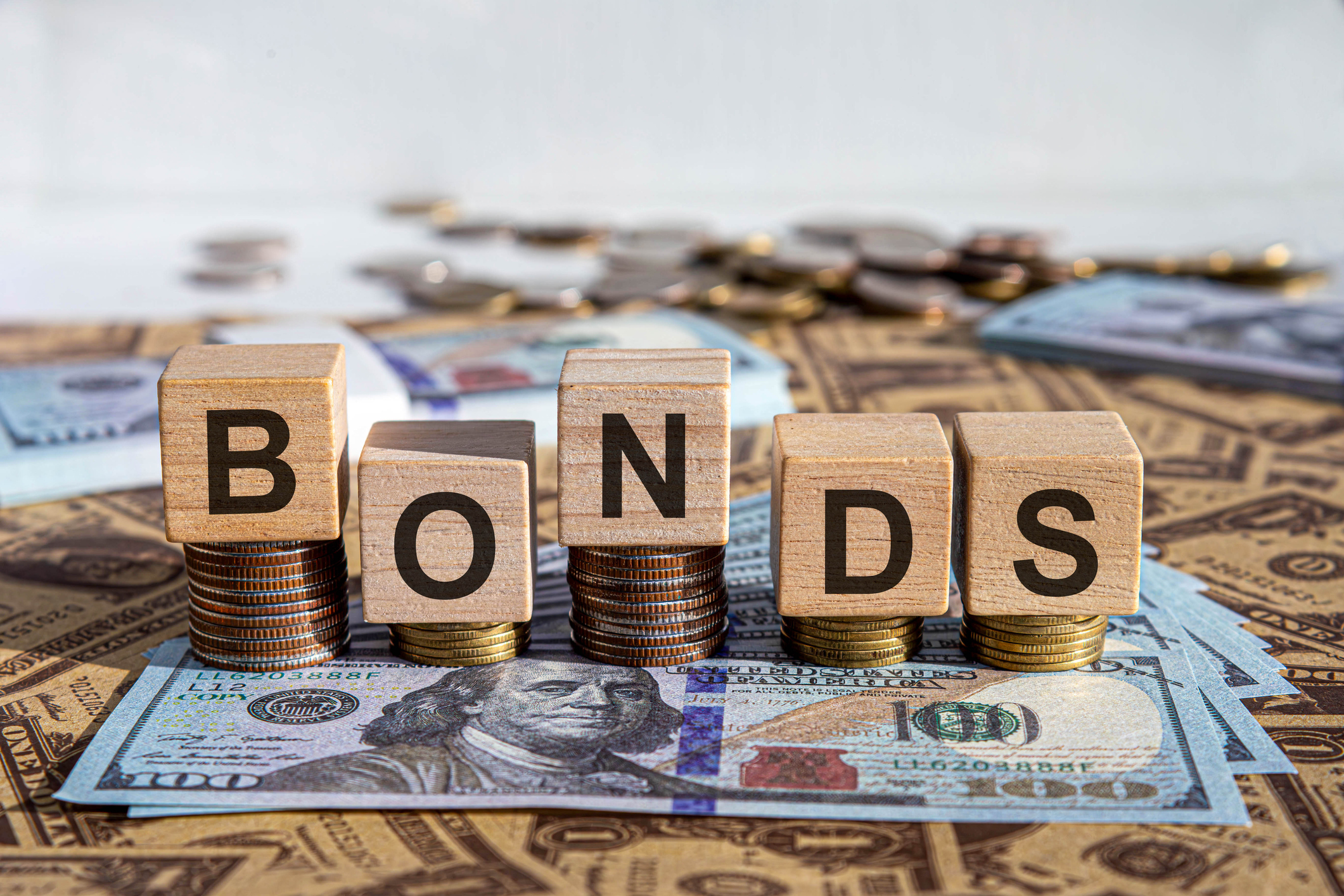The Free-Lunch Strategy to Reduce Risk From Tech Stocks
A recent rout in tech stocks has some investors thinking more defensively. This "free-lunch portfolio" strategy can help.


As it turns out, DeepSeek, the new Chinese artificial intelligence (AI) app, did not deep-six the stock market – at least not for long. But it may have reshaped the perception of what the rollout of AI will look like in coming years, and it might have you thinking you need to reshape your portfolio, too.
The late-January rout caused by DeepSeek's arrival in the U.S. was ferocious, if short-lived. News of the cheaper, open-source AI model sent chipmaker Nvidia (NVDA) spiraling to a 17% loss that shaved nearly $600 billion in market value – a one-day record.
Utilities powering the AI boom, including Vistra (VST) and Constellation Energy (CEG), also tanked. AI-related stocks remained volatile, even as some experts noted that, although AI beneficiaries (and their stock market leadership) may evolve over time, the technology will remain a dominant force in the economy and financial markets.
From just $107.88 $24.99 for Kiplinger Personal Finance
Become a smarter, better informed investor. Subscribe from just $107.88 $24.99, plus get up to 4 Special Issues

Sign up for Kiplinger’s Free Newsletters
Profit and prosper with the best of expert advice on investing, taxes, retirement, personal finance and more - straight to your e-mail.
Profit and prosper with the best of expert advice - straight to your e-mail.
"We think cheaper AI means more AI, more quickly," said economists at the bank BNP Paribas, in a note to clients. "This should mean a greater and more rapid productivity boom as the AI rollout snowballs."
As those productivity gains filter through corporate America, expect the fortunes of S&P 500 companies beyond the tech behemoths known as the Magnificent Seven to prosper, says Ed Yardeni of Yardeni Research.
Capitalize on broadening market gains with an equal-weight fund such as the Invesco S&P 500 Equal Weight (RSP).
The free-lunch portfolio strategy
You are not alone if, in the wake of January's upheaval, you are contemplating whether to trim your tech-stock holdings and shift into more defensive sectors.
One way to do that is with a strategy that CFRA Chief Investment Strategist Sam Stovall calls the "free-lunch portfolio."
The strategy calls for a portfolio (or a portion thereof) to be split 50-50 between tech stocks and shares in consumer staples companies. The latter are models of stability, says Stovall, because consumers buy staples such as groceries no matter what.
"When the going gets tough, the tough go eating, smoking and drinking," he quips.
The free-lunch part comes in when you combine the two sectors. In theory, you'll get most of the return delivered by a pure tech-stock portfolio while taking less risk to get it.
Behind Stovall's reasoning: From the start of 1990 through late December 2024, stocks in the information technology sector of the S&P 500 delivered an annualized return of 14.2%, compared with 10.7% for the S&P 500.
The standard deviation (a measure of volatility, or risk) for the tech sector was a whopping 30.8%, compared with 17.6% for the S&P 500 – showing the tech sector to be 75% more volatile than the market as a whole.
Combining the S&P 500 tech and consumer staples sectors delivered a 13.3% annualized return over the period, with a standard deviation of 18.6%. A hypothetical free-lunch portfolio (rebalanced annually) therefore captured 94% of tech's return with only 60% of the volatility. Bon appétit!
Investors can whip up a free-lunch portfolio with exchange-traded funds such as the Consumer Staples Select Sector SPDR Fund (XLP) and the Technology Select Sector SPDR Fund (XLK).
Individual stocks work, too, but come with additional risk. Of course, there's no guarantee that such odd-couple portfolios will perform as they did in the past. "Yet," says Stovall, "this free-lunch approach may be a good way of still riding the tech wave while sleeping better at night."
Note: This item first appeared in Kiplinger Personal Finance Magazine, a monthly, trustworthy source of advice and guidance. Subscribe to help you make more money and keep more of the money you make here.
Related content
Profit and prosper with the best of Kiplinger's advice on investing, taxes, retirement, personal finance and much more. Delivered daily. Enter your email in the box and click Sign Me Up.

Anne Kates Smith brings Wall Street to Main Street, with decades of experience covering investments and personal finance for real people trying to navigate fast-changing markets, preserve financial security or plan for the future. She oversees the magazine's investing coverage, authors Kiplinger’s biannual stock-market outlooks and writes the "Your Mind and Your Money" column, a take on behavioral finance and how investors can get out of their own way. Smith began her journalism career as a writer and columnist for USA Today. Prior to joining Kiplinger, she was a senior editor at U.S. News & World Report and a contributing columnist for TheStreet. Smith is a graduate of St. John's College in Annapolis, Md., the third-oldest college in America.
-
 How to Safely Open an Online Savings Account
How to Safely Open an Online Savings AccountOnline banks offer generous APYs that most brick-and-mortar banks can't match. If you want to make the switch to online but have been hesitant, I'll show you how to do it safely.
-
 7 Ways to Age Gracefully Like the Best Stock Photo Seniors
7 Ways to Age Gracefully Like the Best Stock Photo SeniorsAs a retirement editor, I've gleaned valuable wisdom (and a lot of laughs) from one older couple that tops the seniors' stock photo charts.
-
 My First $1 Million: Banking Executive, 48, Southeast U.S.
My First $1 Million: Banking Executive, 48, Southeast U.S.Ever wonder how someone who's made a million dollars or more did it? Kiplinger's My First $1 Million series uncovers the answers.
-
 Time to Close the Books on 2025: Don't Start the New Year Without First Making These Money Moves
Time to Close the Books on 2025: Don't Start the New Year Without First Making These Money MovesAs 2025 draws to a close, take time to review your finances, maximize tax efficiency and align your goals for 2026 with the changing financial landscape.
-
 Is Fear Blocking Your Desire to Retire Abroad? What to Know to Turn Fear Into Freedom
Is Fear Blocking Your Desire to Retire Abroad? What to Know to Turn Fear Into FreedomCareful planning encompassing location, income, health care and visa paperwork can make it all manageable. A financial planner lays it all out.
-
 Gold and Silver Shine as Stocks Chop: Stock Market Today
Gold and Silver Shine as Stocks Chop: Stock Market TodayStocks struggled in Friday's low-volume session, but the losses weren't enough to put the Santa Claus Rally at risk.
-
 How to Master the Retirement Income Trinity: Cash Flow, Longevity Risk and Tax Efficiency
How to Master the Retirement Income Trinity: Cash Flow, Longevity Risk and Tax EfficiencyRetirement income planning is essential for your peace of mind — it can help you maintain your lifestyle and ease your worries that you'll run out of money.
-
 I'm an Insurance Expert: Sure, There's Always Tomorrow to Report Your Claim, But Procrastination Could Cost You
I'm an Insurance Expert: Sure, There's Always Tomorrow to Report Your Claim, But Procrastination Could Cost YouThe longer you wait to file an insurance claim, the bigger the problem could get — and the more leverage you're giving your insurer to deny it.
-
 Could a Cash Balance Plan Be Your Key to a Wealthy Retirement?
Could a Cash Balance Plan Be Your Key to a Wealthy Retirement?Cash balance plans have plenty of benefits for small-business owners. For starters, they can supercharge retirement savings and slash taxes. Should you opt in?
-
 Changes Are Coming for This Invesco Bond Fund
Changes Are Coming for This Invesco Bond FundThe Invesco BulletShares 2026 Corporate Bond ETF's bonds will mature in 2026. Here's what investors should do.
-
 7 Retirement Planning Trends in 2025: What They Mean for Your Wealth in 2026
7 Retirement Planning Trends in 2025: What They Mean for Your Wealth in 2026From government shutdowns to market swings, the past 12 months have been nothing if not eventful. The key trends can help you improve your own financial plan.